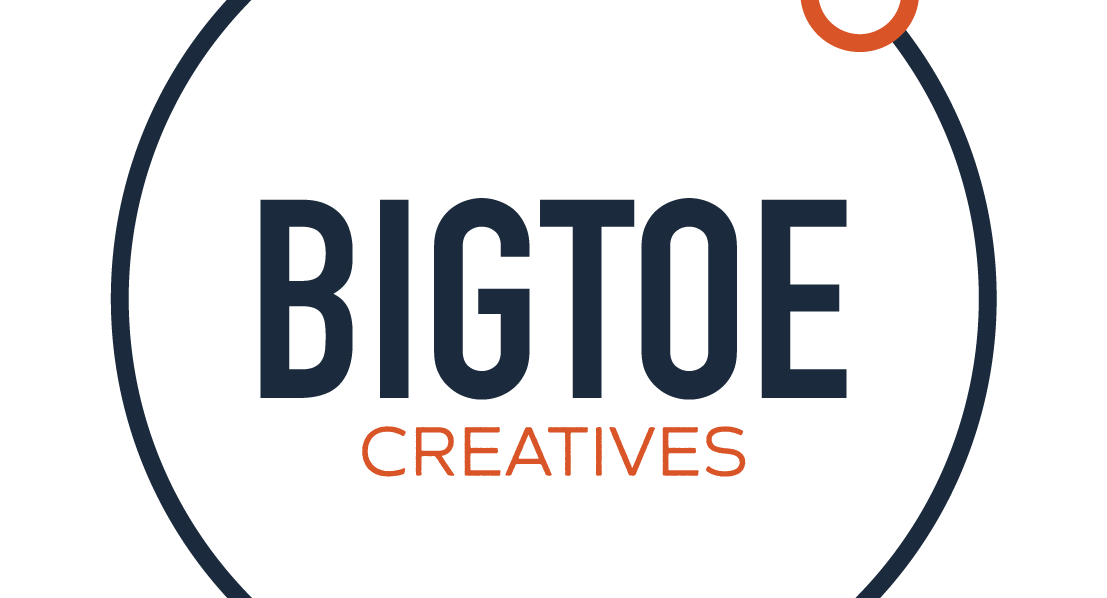Almost 2 billion websites exist on the internet; however, no two websites are the same thanks to successful website design.
As we all know, one of the elements of basic web design is making sure that your website highlights your business as intended. However, designing a good website isn’t as simple as it may seem. The key to successful web design involves putting a lot of time and energy into understanding how your audience will experience your website.
Creating an unforgettable user experience is sure to delight your audience in one way or another. For new businesses or those looking to upgrade their websites, it can be tough to know where to look when analysing your web design.
That’s why we’re going to discuss some of the do’s and don’ts of successful website design so you can learn more about what to look out for when it comes to designing your website.
The do’s of successful website design
It can be tricky starting with basic web design without knowing where to begin. Here are a few do’s to building a good website:
- Do spend time understanding the customer journey. Ultimately, your website is there to sell your product or service. By mapping out how your visitors should navigate your offerings, you’ll be setting yourself up for a successful web design.
- Do design your website for mobile users. This step involves optimising your mobile website, as mobile is becoming an increasingly popular platform for online shopping (check out our guide on how to build a user-friendly online shop). To effectively optimise your website, ensure that you test it on a few different mobile devices before your website goes live.
- Do choose fonts and colours that are easy to read. Selecting a clear or frilly font can make or break your website’s appeal. Readability and formatting are one element to consider, so you should compare fonts for readability and choose different fonts for headers and the body of your web pages.
Similarly, ensure that your colour combinations aren’t too varied and instead complement your content.
- Do spend time breaking up your content. Having a massive block of text for a website isn’t going to appeal to many people. Consider playing with formatting and using different headers, paragraphs, designs and images to break up your website sections. You can add call-to-action buttons and different kinds of visual elements to make your website easier to read.
- Do make your copy concise and easily scannable. The more comfortable your pages are to scan, the better your chances of luring in more readers. We all know that audiences’ attention spans are shortening with more time spent online.
Use concise, high-quality writing that adds value to your audience. You should consider shortening some of your copy if it seems too lengthy or hard to scan.
- Do keep consistency throughout your website. The look, feel, and style of your website should be the same on every page. This idea is one of the main principles of designing a good website. This consistency extends to colours, fonts, images, navigation and writing styles on your website.
- Do optimise for search. You’ll need your website to rank well with search engines if you want to break through amongst your competitors. As you adapt your website, remember to follow SEO guidelines. Some of the things to look at include meta descriptions, titles and your content.
- Do make your website easy to navigate. One of the quintessential functions of your website should be usability. It’s crucial that your visitors can easily find what they’re looking for. Simultaneously, you don’t want to give your viewers too many choices that may cause them decision fatigue.
Some tips for this include:
- Using clear labels for navigation.
- Adding links to the footer of your website.
- Reducing the number of clicks required for visitors to find information.
- Do choose high-quality content. Your website needs to be interesting for your audience, as your web visitors will start scrolling upon loading your website. Your content should pique your audience’s interest while adding value and remaining relevant to your business. Try to avoid jargon if possible.
The don’ts of successful website design
While there are elements of successful website design, there are also elements of poor web design that you should stay away from. Keep an eye out for some of the below basic web design don’ts:
- Don’t make visitors wait too long to load content on your website. Loading time has become one of the most important factors that influence user experience. Most visitors expect a webpage to load in two seconds or less.
- Don’t ignore your users. It helps if you always keep your target audience in mind when designing a good website. Imagine you were a customer of your business – what would you like to see? What do you want from other website designs?
- Don’t neglect your website’s visuals. Depending on the photography or illustrations you choose, your website will leave a different impression on your audience. Focus on quality and relevance above anything else. Try to avoid using generic images of people if you can help it – always try to include your own photography or custom-made graphics (corporate photography is among our services).
- Don’t use too many ads on your web pages. Users are interested in your content – which involves your products or services offered. Your audience doesn’t want to close a pop-up every few minutes, as this can become very distracting.
- Don’t set up a video or sound that automatically plays upon opening your website. Getting a fright due to an unexpected sound is an easy way to annoy your audience before they’ve even seen what you have to offer. If you need to auto-play a video, consider playing it without sound to give your audience some control.
- Don’t clutter your website. You don’t want your website to become visually confusing. Ideally, it should be obvious where your audience directs their attention.
- Don’t sacrifice usability in favour of design. Usability should be your guiding metric for basic web design. Avoid having busy backgrounds, low contrasts or unclear imagery.
- Don’t ignore your creativity. Your website still needs to stand out amongst your competitors. Be creative in how you display yourself without disrupting user experience flows. Experiment with different formats, such as videos, images, text or other design elements until you have found what you want.
- Don’t forget to test your website. Once you’re happy with your design, you’ll need to ensure that everything is working correctly. Test your website on as many devices as possible to recreate as many audience scenarios as possible.
Don’t forget about the basic web design elements
There are a lot of things to consider when building a successful website. Some of the essential web design elements need to be covered, such as easy navigation, breaking up your text, choosing a limited number of colours and fonts, highlighting quality imagery and much more.
One of the essential elements to understand when building your website is your customer experience or journey. Ideally, you should test your website on different devices to ensure that you’ve created a consistent experience for your customers, no matter how they’ve found your business!
Do you need to design a good website or update an existing website? Chat to us as BigToe Creatives – we’d love to help you with successful web design!



